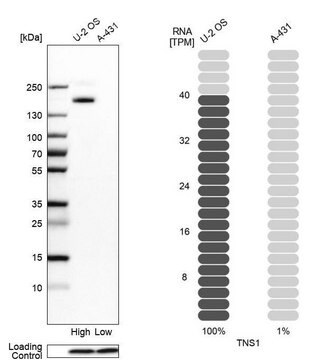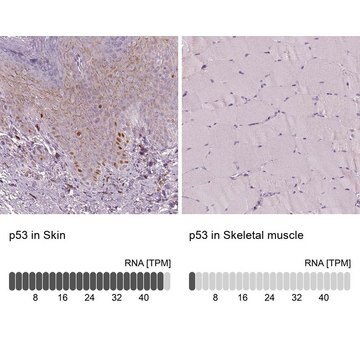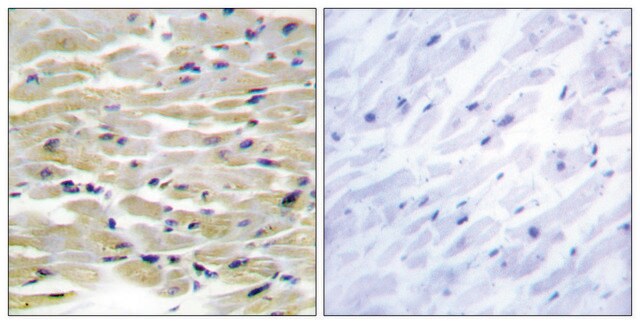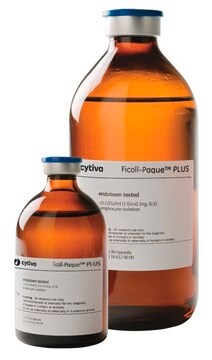ABT29
Przeciwciało anty-tensyna-3
from rabbit, purified by affinity chromatography
Synonim(y):
Tensin-3, Tensin-like SH2 domain-containing protein 1, Tumor endothelial marker 6
About This Item
Polecane produkty
pochodzenie biologiczne
rabbit
Poziom jakości
forma przeciwciała
affinity isolated antibody
rodzaj przeciwciała
primary antibodies
klon
polyclonal
oczyszczone przez
affinity chromatography
reaktywność gatunkowa
human
metody
immunocytochemistry: suitable
western blot: suitable
numer dostępu NCBI
numer dostępu UniProt
Warunki transportu
wet ice
docelowa modyfikacja potranslacyjna
unmodified
informacje o genach
human ... TNS3(64759)
Opis ogólny
Immunogen
Zastosowanie
Cell Structure
ECM Proteins
Cytoskeleton
Jakość
Western Blot Analysis: 1 µg/mL of this antibody detected Tensin-3 in 10 µg of human kidney tissue lysate.
Opis wartości docelowych
Obliczona masa cząsteczkowa wynosi 155 kDa, jednak Tensin-3 wykazano jako pasmo ~180 kDa w zachodnich blotach (Cui, Y., et al. (2004). Molecular Cancer Research. 2:225-232).
Niescharakteryzowane pasmo pojawia się przy ~22 kDa w niektórych lizatach.
Postać fizyczna
Przechowywanie i stabilność
Komentarz do analizy
Lizat ludzkiej tkanki nerkowej
Inne uwagi
Oświadczenie o zrzeczeniu się odpowiedzialności
Nie możesz znaleźć właściwego produktu?
Wypróbuj nasz Narzędzie selektora produktów.
Kod klasy składowania
12 - Non Combustible Liquids
Klasa zagrożenia wodnego (WGK)
WGK 1
Temperatura zapłonu (°F)
Not applicable
Temperatura zapłonu (°C)
Not applicable
Certyfikaty analizy (CoA)
Poszukaj Certyfikaty analizy (CoA), wpisując numer partii/serii produktów. Numery serii i partii można znaleźć na etykiecie produktu po słowach „seria” lub „partia”.
Masz już ten produkt?
Dokumenty związane z niedawno zakupionymi produktami zostały zamieszczone w Bibliotece dokumentów.
Nasz zespół naukowców ma doświadczenie we wszystkich obszarach badań, w tym w naukach przyrodniczych, materiałoznawstwie, syntezie chemicznej, chromatografii, analityce i wielu innych dziedzinach.
Skontaktuj się z zespołem ds. pomocy technicznej








